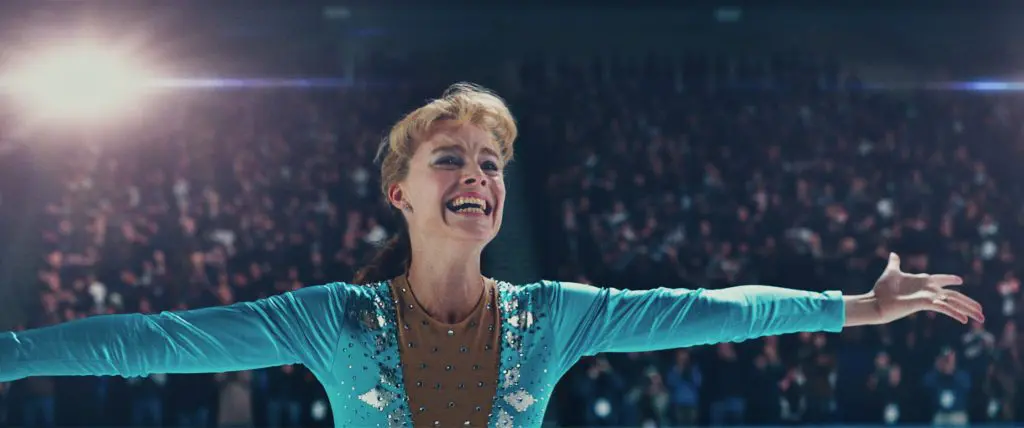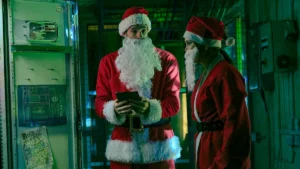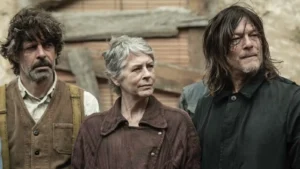I, Tonya is a comedy-drama documentary about the rise and fall of Tonya Harding, the American figure-skater. It is directed by Craig Gillespie and written by Steven Rogers; and stars Margot Robbie as Tonya Harding, Sebastian Stan as her then-husband, Jeff Gillooly, and Allison Janney as her mother, LaVona Gordon.
It sounds like a simple sports biopic, and honestly, the story is much more complex; as is the film that tells it. I could say I, Tonya is about the impact of domestic violence, against a backdrop of the glamorous sport of figure-skating. I could also say that I, Tonya is about competitive figure-skating, against a backdrop of domestic violence as a way of life. Both statements are true.
My description above also sounds kind of dry or bleak, but the film isn’t at all: it’s surprisingly and wildly entertaining. I’ll expand on that in a bit, but for now, I’m going to pause and remind you who Tonya Harding is and why her story is worth making (and watching) a film about.
Harding hit the news in the early 1990’s for two contrasting reasons: the sheer athletic quality of her skating, and her (possible) involvement in an assault on another skater. If you were at paying-attention age in the 90’s, perhaps that jogs your memory; but if not, Wikipedia and other Internet sources can fill you in on the details. But the details aren’t key to Harding’s story: the context is. And that’s what I, Tonya delivers.
Tonya Harding reached Olympic level competition, which is impressive in its own right; but the context of marital stress, minimal funds and virtually no encouragement is something you don’t see when watching sports clips, and I’m sure her judges didn’t consider it at all. And the actual “incident” (attack and injury to fellow skater Nancy Kerrigan’s knee) is not straightforward either. Steven Rogers spent hours interviewing both Tonya Harding and her ex-husband Jeff Gillooly, and used the discrepancies in some of their accounts to highlight the nuances and complexities of the story. Mock interviews with the characters are scattered throughout I, Tonya to reinforce that; a very effective device.
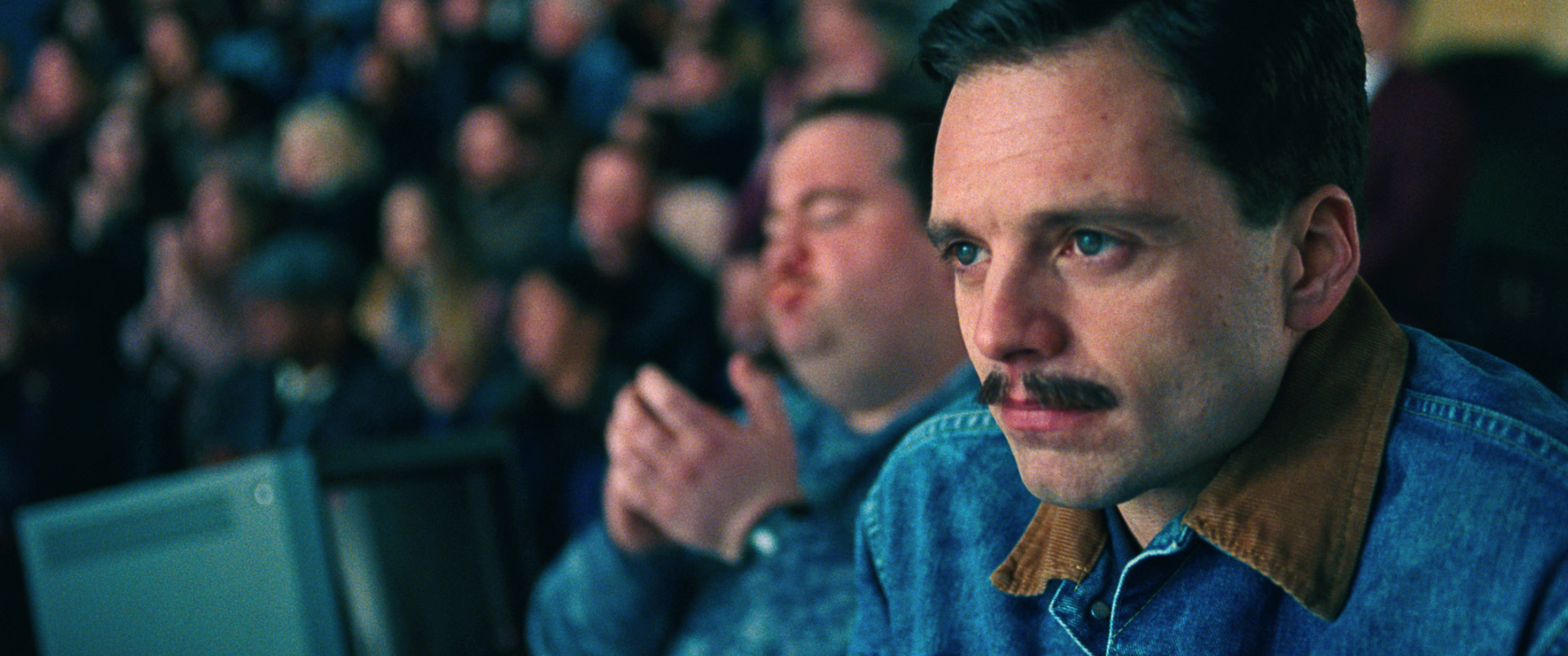 Some of the discrepancies, of course, are about the violence (both domestic and towards Kerrigan). There was physical abuse in Harding’s childhood, and in one of the interviews she states how normal it became to her; there are those who might say it was, therefore, natural for her to get into a relationship which became violent. And if she was already at home with such an environment, I can understand how accepting she was of violence within her subsequent marriage. I, Tonya links the two elements of Tonya’s story by showing how Jeff kicked off plans against her rival as a ploy to win her back after one of their fallings out.
Some of the discrepancies, of course, are about the violence (both domestic and towards Kerrigan). There was physical abuse in Harding’s childhood, and in one of the interviews she states how normal it became to her; there are those who might say it was, therefore, natural for her to get into a relationship which became violent. And if she was already at home with such an environment, I can understand how accepting she was of violence within her subsequent marriage. I, Tonya links the two elements of Tonya’s story by showing how Jeff kicked off plans against her rival as a ploy to win her back after one of their fallings out.
Let me warn you: there are an awful lot of beatings and bruises for a film described as a comedy-drama. Maybe the writer was poking fun at rednecks, and finding violence in relationships a bit of a joke, but I don’t think so. The way I saw those scenes, the laughter combined with the wide range of abuse (some of it mutual, granted) just doubled the wincing I felt. If an audience is made to sit up and think for a moment about their own reaction to a scene, they’ll think more about the scene itself, too. And whenever my reaction to a film has stayed with me, the film has too.
And actually, there were some true comic elements, mostly – like Three Billboards Outside Ebbing, Missouri – thanks to a downright dim character or two. I really enjoyed Paul Walter Hauser’s depiction of Shawn, Tonya’s bodyguard, and the man who arranged the attack on Kerrigan on Jeff’s behalf.
The cast of I, Tonya was excellent across the board, utterly believable, whether being interviewed or in the actual story. Margot Robbie especially was excellent. We got to know her character of Tonya so well that we really felt her pain when the consequences of the “incident” fully came home to her. And even though Allison Janney played Tonya’s mother LaVona as a two-dimensional nemesis, that made her no less of a character. The only issue I had with casting was the teenage Tonya being played by the same (albeit fine) actor as the Tonya in her twenties: not once did Robbie look like a fifteen-year-old!
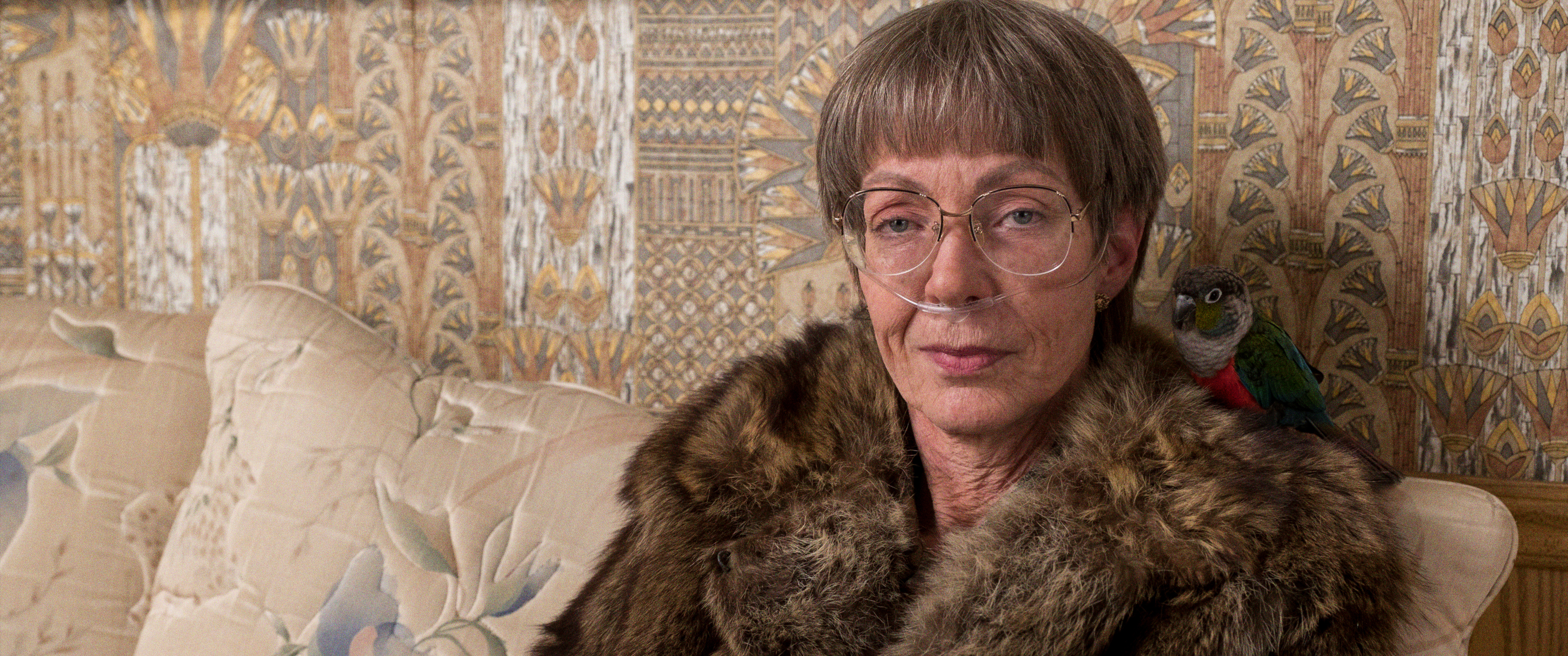 To be fair, the soundtrack played a better part in setting the period than the cast did. The mixture of songs Harding skated to and others she would have heard on the radio was bright, exciting and positive. The film ended with a bouncy, loopy tune (Siouxie and the Banshees’ “Passenger”); and I left the cinema smiling, and in deep admiration for Harding’s resilience and bloodymindedness.
To be fair, the soundtrack played a better part in setting the period than the cast did. The mixture of songs Harding skated to and others she would have heard on the radio was bright, exciting and positive. The film ended with a bouncy, loopy tune (Siouxie and the Banshees’ “Passenger”); and I left the cinema smiling, and in deep admiration for Harding’s resilience and bloodymindedness.

